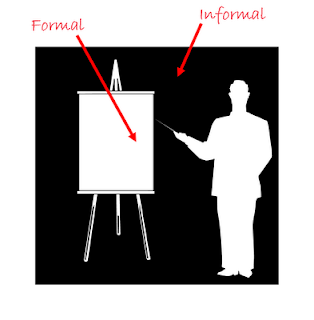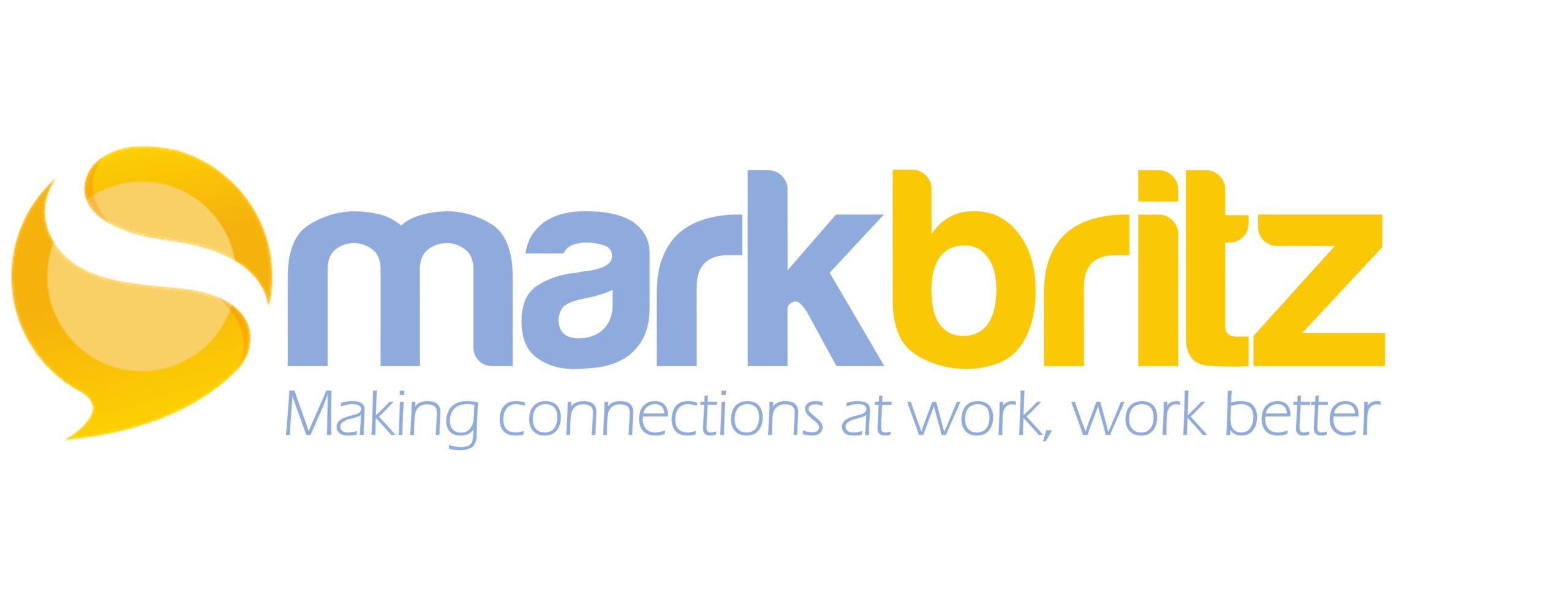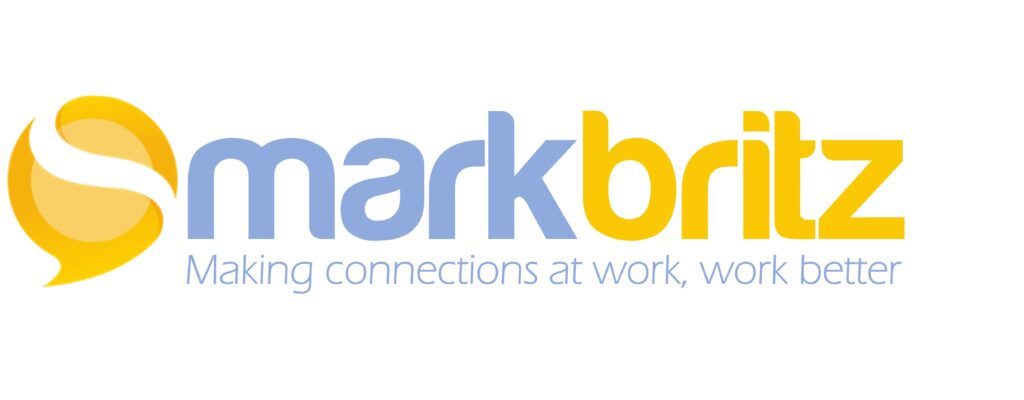Take a pen and a piece of paper out. Look around your desk and identify an item; a stapler, your phone, maybe your monitor. Now begin drawing it.
If you’re like me, you immediately focused on the item you chose; its shape, depth, and size. This is known as the Positive Space and is pretty much what a non-artist focuses on; the object.
What we typically don’t do, that the artist can, is look at the Negative Space. Wikipedia has a pretty succinct description of this, Negative Space in art:
“is the space around and between the subject(s) of an image. Negative space may be most evident when the space around a subject, and not the subject itself, forms an interesting or artistically relevant shape, and such space is occasionally used to artistic effect as the “real” subject of an image.”
In the workplace learning arena Positive and Negative space exist as well – however it is better known as Formal and Informal Learning.
Formal Learning, like Positive Space, is easy to recognize. Things like courses, curriculum and training are called upon to solve a wide range of performance issues. Organizational leaders are usually well entrenched in a world that places training at the center of all initiatives used to build skills and knowledge – its hard to consider other opportunities or the opposite of what they are comfortable with when all they know and see is tangible.
All around the Formal is Informal Learning. And like the Negative Space, it has always existed but is rarely given attention. This is the pull learning, the serendipitous, and often the social networks formed out of needs unmet. It is also obscure, fluid, unstable, and uncontrolled…easy to take for granted.
The Wikipedia description continues by adding:
“It can be a difficult concept to grasp. One tool used by art teachers in teaching about positive and negative space was popularized in the book Drawing on the Right Side of the Brain. In the exercise, students copy from an upside-down drawing or photograph. Because the picture is upside-down, students don’t readily recognize the objects in the picture. They are able to give equal attention to the positive and negative shapes. The result is often a much more accurate drawing.”
Likewise, Informal Learning is a difficult concept to grasp and efforts to bring attention to and enhance it can be a tough sell. However, maybe we just need to change the perspective rather than push the argument.
Getting organizational leaders to flip the picture upside-down themselves and take the entire Workscape into account is key. If they see the whole picture more like an artist does, one who respects both the positive and negative space equally, they may be less inclined to gravitate towards the single object solution. Balance is what’s needed and the opportunities lie not only in the formal, but in the spaces in and around it.

